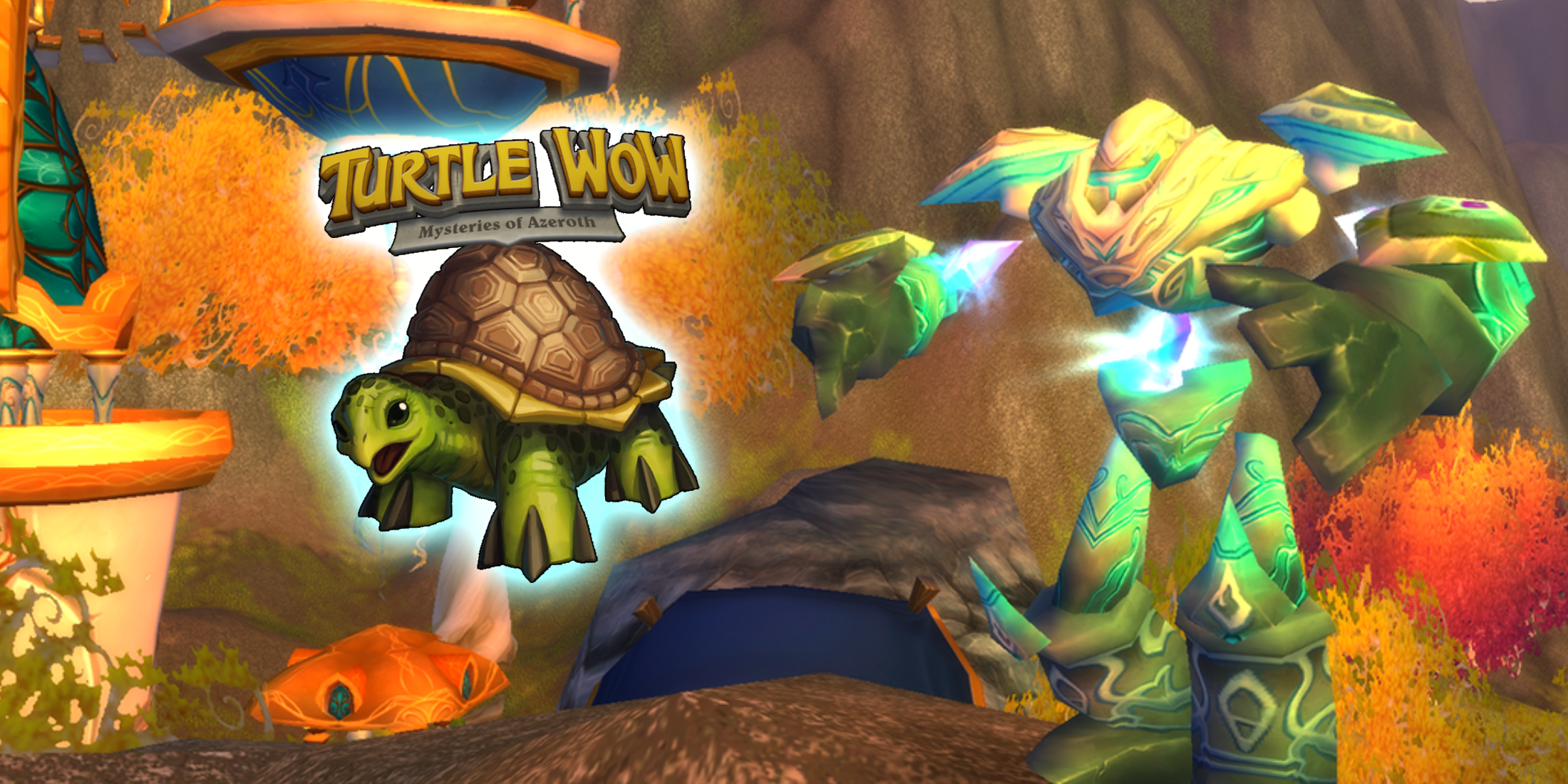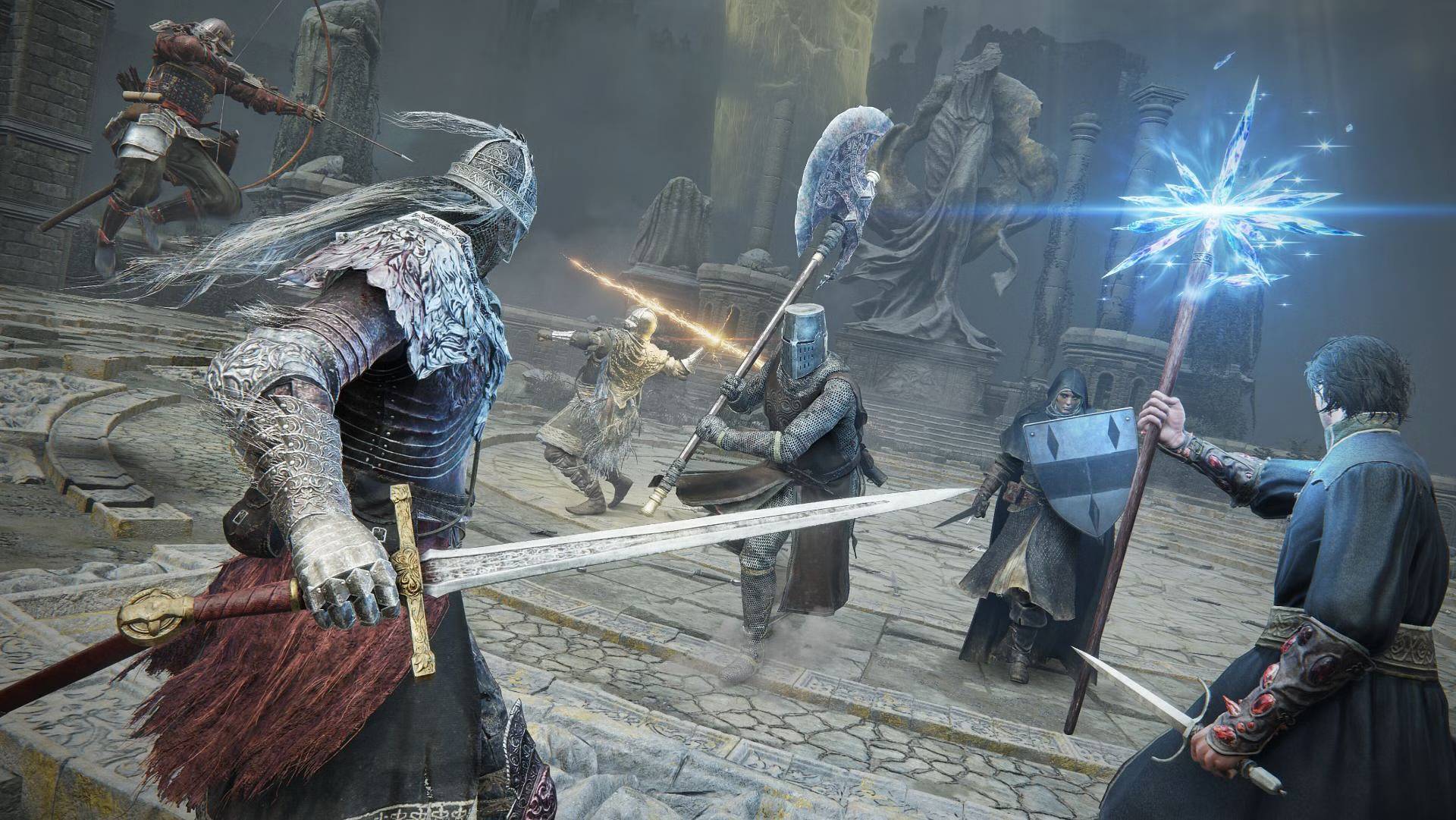"Ghost of Yotei: Hokkaido's Blend of Danger and Beauty"
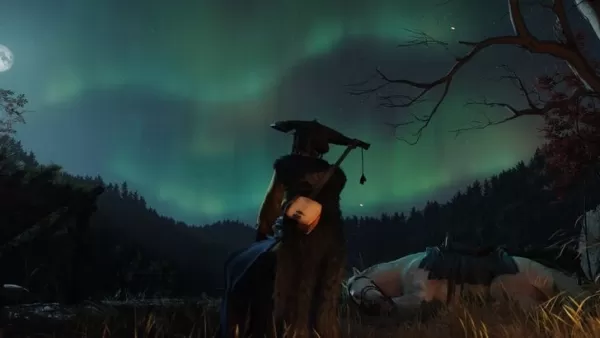
Sucker Punch, the creative force behind Ghost of Yōtei, has unveiled the compelling reasons behind their choice of Hokkaido as the game’s central setting. Dive into how the team meticulously recreated Ezo (modern-day Hokkaido) and the profound impact their research trips to Japan had on the game’s development.
Hokkaido: A Fitting Backdrop for Atsu’s Journey
Crafting Authenticity in a Fictional World
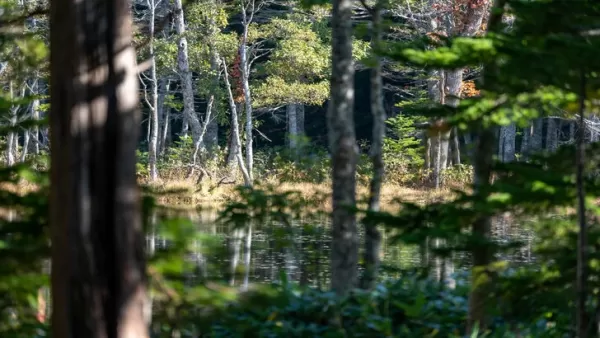
Ghost of Yōtei continues Sucker Punch’s tradition of grounding its narrative in real-world locations, with Ezo—present-day Hokkaido—serving as the heart of the game. In a May 15 PlayStation Blog post, Game Director Nate Fox detailed how the team selected Hokkaido as the stage for protagonist Atsu’s harrowing tale of revenge.
This isn’t the studio’s first foray into real-world recreation. Their acclaimed work on Ghost of Tsushima brought Tsushima Island to life with such fidelity that it earned widespread acclaim, including recognition from Japanese critics. In fact, Fox and Creative Director Jason Connell were honored as cultural ambassadors of Tsushima by the island’s mayor, Naoki Hitakatsu, in 2021.
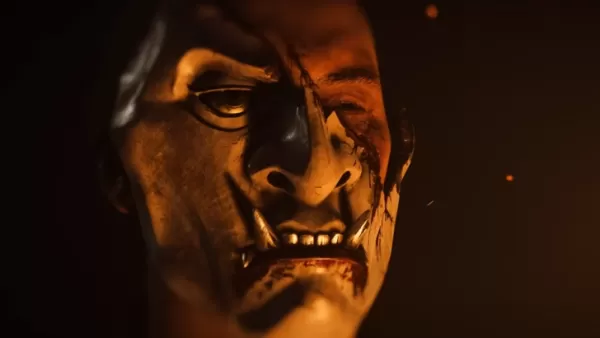
Mayor Hitakatsu praised the team’s efforts: "Even many Japanese people are unaware of the history of the Gen-ko period. On a global scale, Tsushima is virtually unknown. I’m deeply grateful that your game has shared our story with such stunning visuals and powerful storytelling."
With Ghost of Yōtei, Sucker Punch carries forward the same philosophy—respectful, immersive representation. Their goal remains consistent: to infuse the fictional narrative with a strong sense of authenticity and believability.
Fox explained that Hokkaido in 1603 stood at the edge of the Japanese empire—remote, wild, and breathtakingly beautiful. "If you’re going to tell a ghost story, you need a dramatic setting," he said. "Hokkaido, with its untamed landscapes and deep cultural roots, was the perfect place to explore Atsu’s journey and how her actions shape the way others see her."
Where Beauty Meets Danger
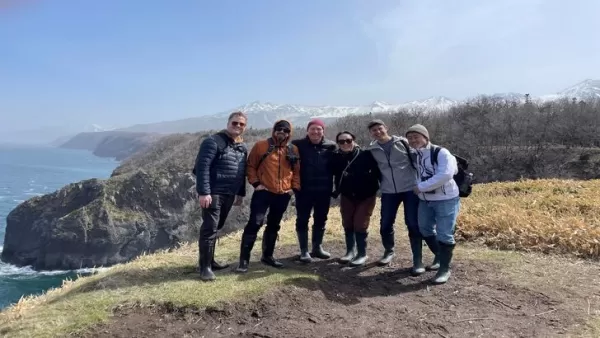
To capture the essence of Hokkaido, the development team made two research trips to Japan—experiences Fox described as the most rewarding part of the creative process. One of the key locations they explored was Shiretoko National Park, a place where serene beauty coexists with raw, natural danger.
The park’s lush forests, rugged coastlines, and ever-present threat of wildlife created the exact atmosphere the team wanted: a delicate balance between peace and peril. "It was a perfect marriage of beauty and danger," Fox recalled. "That moment, I knew Hokkaido was the right choice."
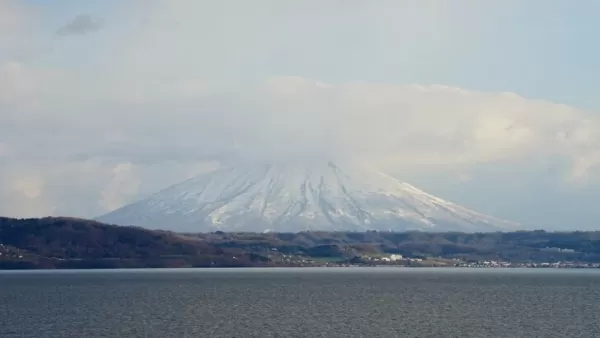
Another pivotal site was Mt. Yōtei, known to the Ainu people as "Machineshir," or "the Female Mountain." The Ainu, indigenous to Hokkaido, have long revered the mountain as sacred, embodying a deep spiritual connection to nature. For the developers, Mt. Yōtei became more than just a landmark—it evolved into a powerful symbol of the island itself and a reflection of Atsu’s lost family and inner turmoil.
Fox shared that engaging with local communities, absorbing cultural insights, and drawing inspiration from the environment made the journey deeply fulfilling. "As outsiders, we were aware of our limitations in understanding Japanese culture," he admitted. "But our goal is to honor it with care and authenticity in our fictional portrayal."
Sucker Punch’s dedication to capturing the spirit of Hokkaido has culminated in what they describe as their most ambitious project to date. Ghost of Yōtei is set to launch exclusively on the PlayStation 5 on October 2, 2025. Stay tuned for more updates—[ttpp] will bring you the latest as they arrive.
-
Honkai: Nexus Anima is HoYoverse's upcoming installment in the Honkai universe. Stay updated with the latest news and progress on the game right here!← Return to Honkai: Nexus Anima main articleHonkai: Nexus Anima NewsAugust 28, 2025HoYoverse has offAuthor : Alexis Nov 06,2025
-
If you're looking for a versatile multi-platform controller, Amazon has an exciting offer - the 8BitDo Pro 2 controller with a complimentary travel case at 25% off. This premium controller combines retro SNES-style aesthetics with modern features likAuthor : Riley Nov 06,2025
-
 MagicNumberDownload
MagicNumberDownload -
 Casus Kim - Who's spy?Download
Casus Kim - Who's spy?Download -
 Hidden objects of EldritchwoodDownload
Hidden objects of EldritchwoodDownload -
 Physics Puzzle by wuaigameDownload
Physics Puzzle by wuaigameDownload -
 GoldenGob Commission GamesDownload
GoldenGob Commission GamesDownload -
 Gym Workout For Girls GameDownload
Gym Workout For Girls GameDownload -
 Fashion Catwalk ShowDownload
Fashion Catwalk ShowDownload -
 Wedding Fashion Makeup DressupDownload
Wedding Fashion Makeup DressupDownload -
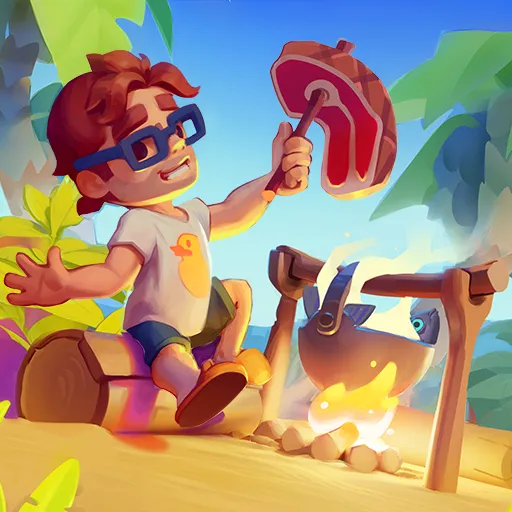 Pocket TalesDownload
Pocket TalesDownload -
 All Phase Mods World HorrorDownload
All Phase Mods World HorrorDownload
- Google Pixel: Complete Release Date Timeline
- Wuthering Waves: Uncover the Secrets of Whisperwind Haven's Palette
- Roblox Simulator Codes: Unlock Exclusive Rewards!
- Top 25 Palworld Mods to Enhance Your Game
- Karl Urban Debuts as Johnny Cage in Mortal Kombat 2
- Ultimate Guide to Shinigami Progression in Hollow Era

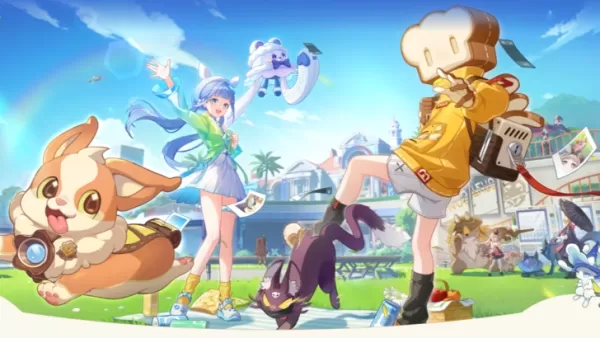
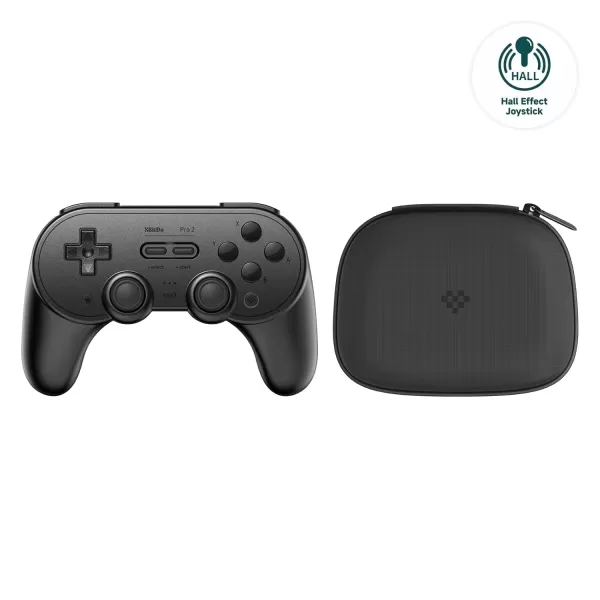

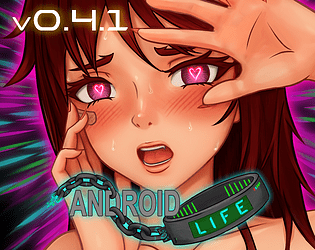

![Back to the Roots [0.8-public]](https://images.ydxad.com/uploads/44/1719584089667ec55970d05.png)





